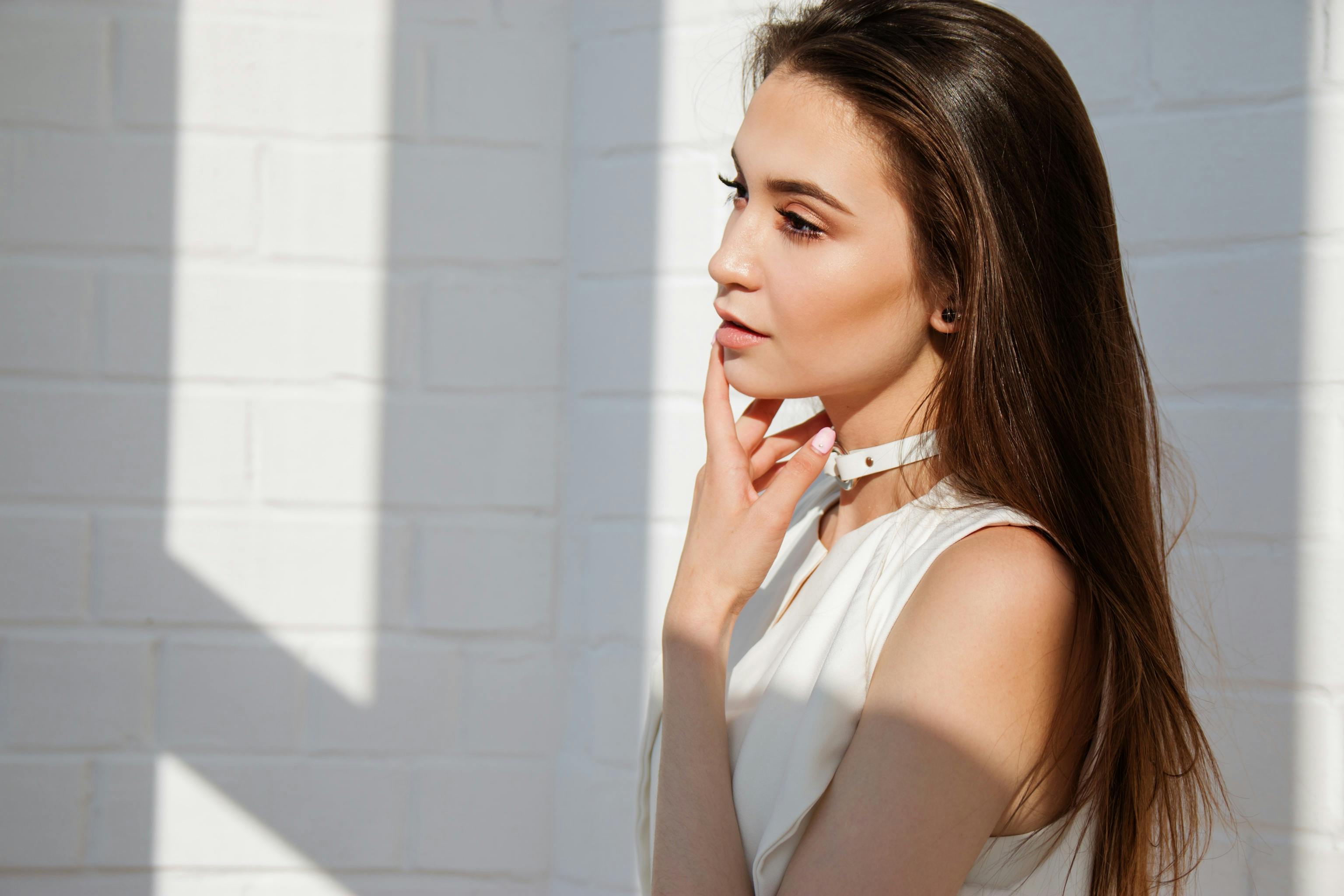
Make scars and wounds with stage / theater makeup
Special effects bring performances and shows to a higher level of intensity and theatricality. Theatrical makeup produces a visual effect that helps set the tone of the scene and better defines the characters. Scars and wounds better portray the events that have occurred and lend a more realistic and exciting tone to the performance.
Bruises
When it comes to creating realistic-looking cuts, bruises, or burns, only a few supplies are needed:
• Liquid latex: to help set the makeup area and facilitate makeup removal.
• Bruise & Abrasion Wheel – A variety of makeup colors that add a finishing touch to the bruise, burn, or cut you are creating.
The first step in creating a stage makeup bruise is to rub some red from the bruise wheel with a makeup sponge to create an irritated appearance. Then apply the blue and purple and smudge them to create the look you want. Add yellow and green to give the effect that the bruise occurred a couple of days ago.
Burns
With a few simple items, you can have a burn that looks very realistic and theatrical.
• Burn and Bruise Color Wheel – provides you with the colors needed to create a realistic burn
• Gel: to create an uneven surface on the skin
• Stage Blood – to complete the look of a freshly burned or healing surface
To create a fake burn on the skin, apply the gel in a dabbing motion. Then, using the red color on your wheel, apply the red over the jelly to create a puffy and irritated look. Use dark red or light brown to add a better visual effect to the entire surface. Lightly apply black around the edges and smoothly over the surface. Using stage blood and a small brush, apply a small amount to the newly created wound for the finishing touch.
Scars and cuts
Scars, large or small, can create a story for any character. To create a lasting scar, the following items are recommended:
• Liquid latex: helps protect the skin by facilitating removal
• Scar Wax – Helps create the appearance of raised and scarred skin
• Adhesive: to keep the wax in place
• Base: helps to blend the colors of the wax with the natural color of the skin.
• Bruise & Abrasion Wheel – Provides the correct makeup colors needed to achieve the full effect
• Powder: removes shine from liquid latex
• Staged Blood – Whether it’s a cut or an open scar, staged blood helps complete the realistic look
1. Scars are created by first applying liquid latex to the working area of the skin.
2. Next, apply an adhesive to help hold the scar in place.
3. Using a putty knife, carefully apply some scar wax. If you don’t have access to a spatula, you can roll the wax into a snake shape, place it on the skin, and gently blend the edges of the wax onto the surface of the skin, leaving a raised section of wax. in the middle.
4. Apply another coat of adhesive to help secure the wax. If desired, apply a light coat of powder to reduce latex shine.
5. Use primer on the edges and the top of the wax to help color the wax with skin color.
6. Color the scar with the abrasive wheel. Rub the colors around the scar to create a look of swelling, bruising, and scars.
Making a cut is a lot like creating a scar. Follow steps 1 through 4 to create a scar and then use the putty knife to create a ‘cut’ in the center of the wax. Next, apply foundation around the cut so that it blends in with the skin color. Apply red paint to the abrasion wheel to give an irritated and swollen look. Add other colors, if necessary, to create the dramatic look you hope to achieve. Using a fine brush, lightly apply the stage paint to the open cut. You can also choose to rub the blood off the stage to create a dripping blood appearance.